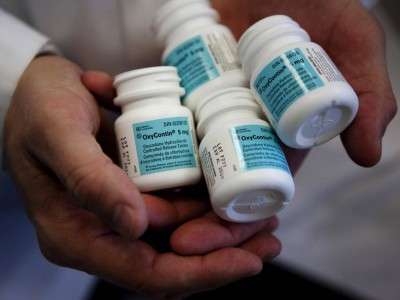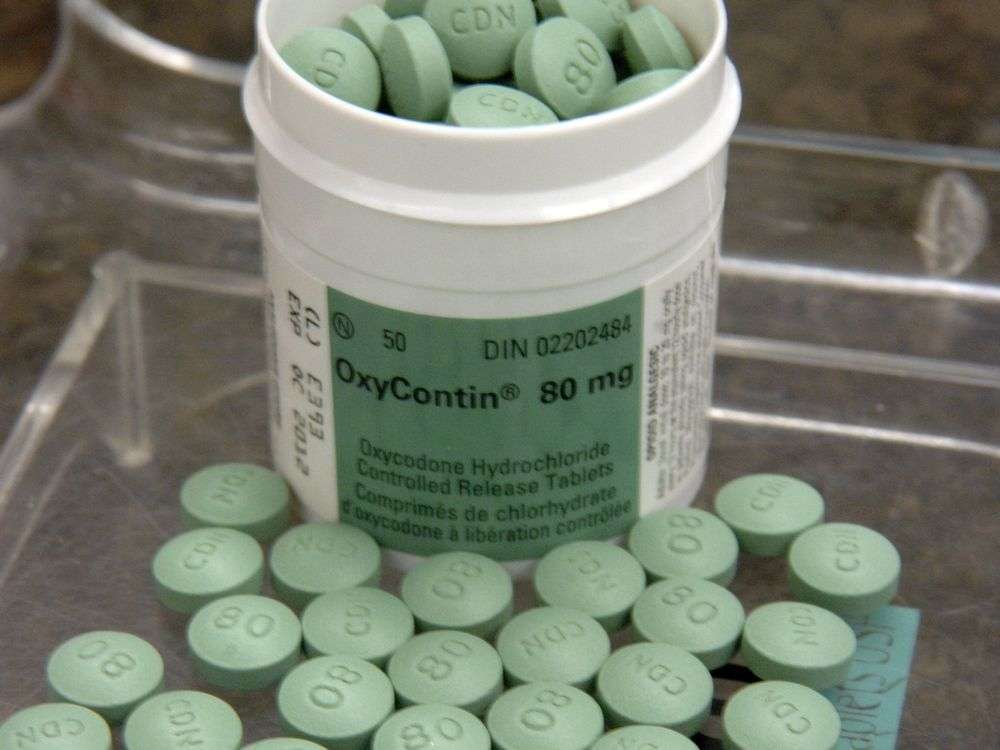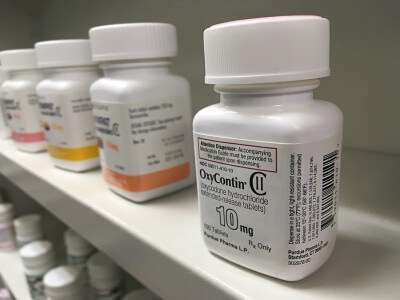
This medication is used to help relieve severe ongoing pain (such as due to cancer). Oxycodone belongs to a class of drugs known as opioid analgesics. It works in the brain to change how your body feels and responds to pain.
The higher strengths of this drug (more than 40 milligrams per tablet) should be used only if you have been regularly taking moderate to large amounts of an opioid pain medication. These strengths may cause overdose (even death) if taken by a person who has not been regularly taking opioids.
Take this medication on a regular schedule as directed by your doctor, not as needed for sudden (breakthrough) pain. Take this drug with or without food, usually every 12 hours. If you have nausea, it may help to take this drug with food. Ask your doctor or pharmacist about other ways to decrease nausea (such as lying down for 1 to 2 hours with as little head movement as possible). If nausea persists, see your doctor.

Swallow the tablets whole. Do not break, crush, chew, or dissolve the tablets. Doing so can release all of the drug at once, increasing the risk of oxycodone overdose.
To lessen the chance of choking or having trouble swallowing the tablet, take only one a tablet at a time if your dose is for more than one tablet. Do not pre-soak, lick, or wet the tablet before placing it in your mouth. Be sure to drink enough water with each tablet to swallow it completely.
Avoid eating grapefruit or drinking grapefruit juice while using this medication unless your doctor or pharmacist says you may do so safely. Grapefruit can increase the chance of side effects with this medicine. Ask your doctor or pharmacist for more details.
The dosage is based on your medical condition and response to treatment. Do not increase your dose, take the medication more frequently, or take it for a longer time than prescribed. Properly stop the medication when so directed.
Before you start taking this medication, ask your doctor or pharmacist if you should stop or change how you use your other opioid medication(s). Other pain relievers (such as acetaminophen, ibuprofen) may also be prescribed. Ask your doctor or pharmacist about using oxycodone safely with other drugs.
Suddenly stopping this medication may cause withdrawal, especially if you have used it for a long time or in high doses. To prevent withdrawal, your doctor may lower your dose slowly. Tell your doctor or pharmacist right away if you have any withdrawal symptoms such as restlessness, mental/mood changes (including anxiety, trouble sleeping, thoughts of suicide), watering eyes, runny nose, nausea, diarrhea, sweating, muscle aches, or sudden changes in behavior.
When this medication is used for a long time, it may not work as well. Talk with your doctor if this medication stops working well.
Though it helps many people, this medication may sometimes cause addiction. This risk may be higher if you have a substance use disorder (such as overuse of or addiction to drugs/alcohol). Take this medication exactly as prescribed to lower the risk of addiction. Ask your doctor or pharmacist for more details.


